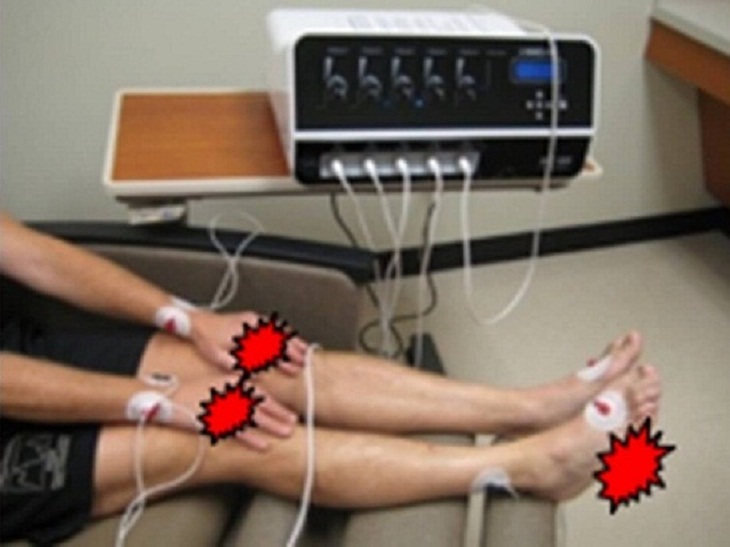Chronic pain can severely affect a person's
quality of life, whether it's caused by arthritis or a persistent back
injury. However, recent studies propose a promising solution for this
issue. Johns Hopkins Medicine researchers have discovered a noninvasive
pain treatment called scrambler therapy, which has shown remarkable
results in providing substantial relief to about 80 to 90 percent of
chronic pain sufferers.
Researchers say scrambler therapy can be more efficient than
transcutaneous electrical nerve stimulation (TENS), another noninvasive
treatment. Approved by the U.S. FDA in 2009, scrambler therapy involves
applying electrical stimulation through electrodes on the skin,
targeting areas above and below the origin of chronic pain.
The goal is to intercept nerve signals from
the painful area and replace them with signals from neighboring
pain-free areas. Therefore, this "scrambles" the pain signals being sent
to the brain, explains primary study author Thomas Smith, M.D., the
Harry J Duffey Family Professor of Palliative Medicine at the Johns
Hopkins Kimmel Cancer Center, as well as an associate professor at Johns
Hopkins University.

A patient with chemotherapy-induced
peripheral neuropathy undergoing scrambler therapy. The red bursts
correspond to the areas of pain perception.
The therapy was developed by Professor Giuseppe Marineo in the 1980s and
gained significant attention for its potential for providing pain
relief without the use of drugs or invasive procedures.
Nearly all types of chronic pain, including nerve and neuropathic pain,
have a common origin, which can be traced back to two key factors.
Firstly, damaged nerves emit unceasing pain impulses that ascend to the
brain's pain centers. Secondly, the failure of inhibitory cells to block
and suppress these impulses leads to their persistence, contributing to
the chronicity of the pain.
In a media statement, Prof. Smith suggests
that blocking the ascending pain impulses and strengthening the
inhibitory system could reset the brain's response to chronic pain. This
could result in a significant reduction in its intensity. The analogy
used is similar to pressing Control-Alt-Delete repeatedly. Many patients
have experienced substantial and sometimes permanent relief after
undergoing three to 12 half-hour sessions.
Smith concludes that Scrambler therapy is the most exciting advancement
he has witnessed in years. This treatment is not only effective but also
noninvasive, which leads to a substantial reduction in opioid use with
permanent results.
TENS therapy operates through the
application of mild electrical signals on the skin, using electrode
pairs placed at the pain sites. Pain relief tends to cease shortly after
discontinuing the electrical impulses, explains Smith. Based on a
review of 381 randomized clinical trials, it was concluded that TENS
treatment is not statistically significantly different from a placebo
treatment in terms of pain relief.
The study is published in the New England Journal of Medicine.
This is only for your information, kindly take the advice of your doctor for medicines, exercises and so on.
https://gscrochetdesigns.blogspot.com. one can see my crochet creations
https://gseasyrecipes.blogspot.com. feel free to view for easy, simple and healthy recipes
https://kneereplacement-stickclub.blogspot.com. for info on knee replacement
https://cancersupportindia.blogspot.com for infor on cancer and health related topics
https://GSiyers
home remedies.blogspot.com is the latest addition to my blogs. I'm
going to add posts there, do give me your valuable feed back on my
blogs. Thanks a lot, take care, be healthy and be happy.
Labels: block pain ascending pain impulses, chronic pain, reset brain's response to chronic pain., scrambler therapy, strengthens inhibitory system


0 Comments:
Post a Comment
<< Home